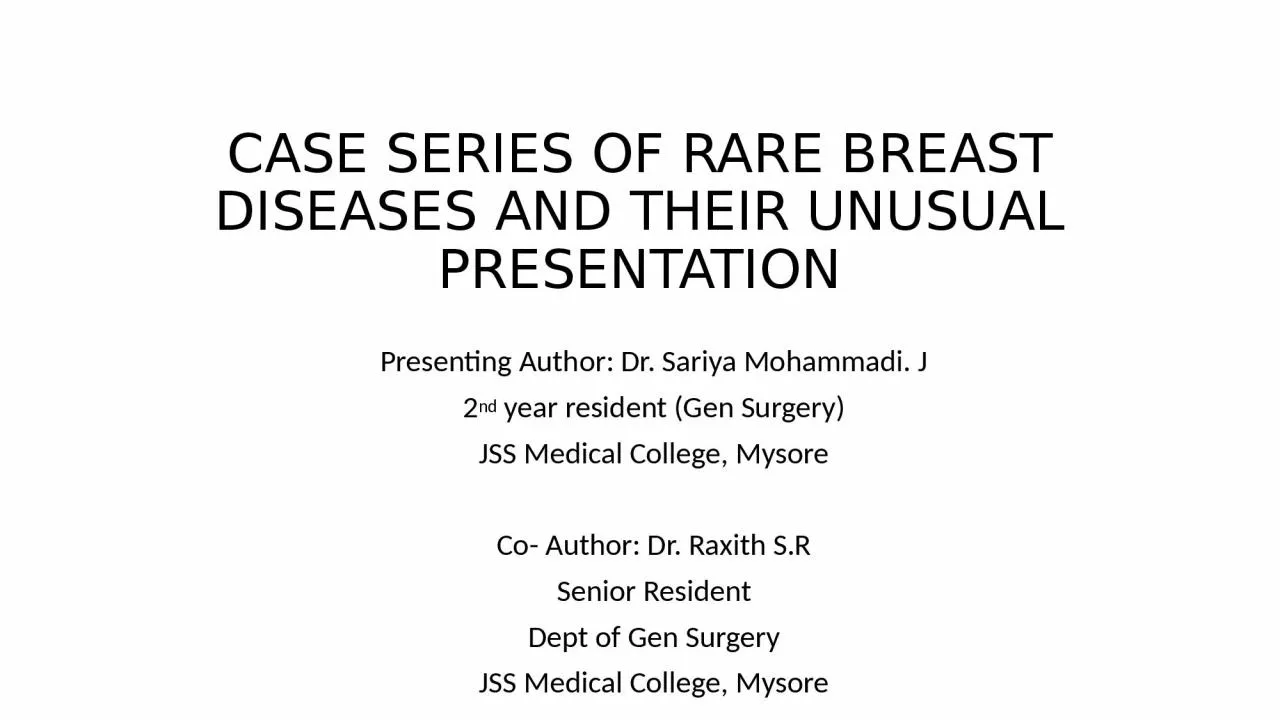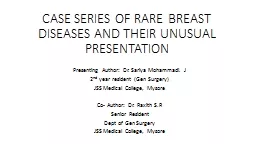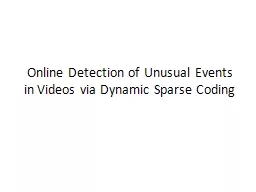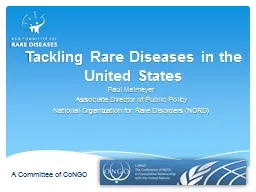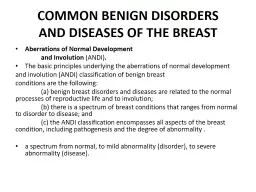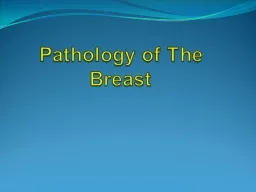PPT-CASE SERIES OF RARE BREAST DISEASES AND THEIR UNUSUAL PRESENTATION
Author : maxasp | Published Date : 2020-08-29
Presenting Author Dr Sariya Mohammadi J 2 nd year resident G en Surgery JSS Medical College Mysore Co Author Dr Raxith SR Senior Resident Dept of Gen Surgery
Presentation Embed Code
Download Presentation
Download Presentation The PPT/PDF document "CASE SERIES OF RARE BREAST DISEASES AND ..." is the property of its rightful owner. Permission is granted to download and print the materials on this website for personal, non-commercial use only, and to display it on your personal computer provided you do not modify the materials and that you retain all copyright notices contained in the materials. By downloading content from our website, you accept the terms of this agreement.
CASE SERIES OF RARE BREAST DISEASES AND THEIR UNUSUAL PRESENTATION: Transcript
Download Rules Of Document
"CASE SERIES OF RARE BREAST DISEASES AND THEIR UNUSUAL PRESENTATION"The content belongs to its owner. You may download and print it for personal use, without modification, and keep all copyright notices. By downloading, you agree to these terms.
Related Documents

